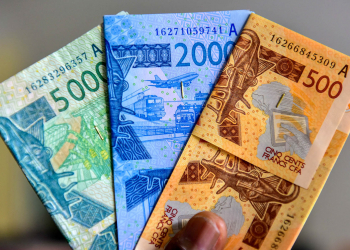You referred to them as ‘African wax prints,’ but what you may not know is that the fabrics are usually neither made in Africa nor designed by Africans.
They are actually European-made textiles certain African countries have embraced and made their own in sales and marketing vernacular, ‘African print,’ is a general term used to identify a category of textiles using 100% cotton fabric in vibrant colours, which are printed by machine using wax resins and dyes so that they have a batik-like effect on both sides of the fabric.
The method is called wax-resist dying because the wax ‘resists’ the dye from penetrating the entire cloth, which is how patterns are made.
It also goes by the names of super wax, java, and Ankara, with ‘wax’ named fabrics having a somewhat glossy, stiff, waxy feeling surface even though they are roller printed.
What today is often referred to as Ankara originated in Indonesia as batik. Batik uses an etching tool called a canting that holds a small amount of hot, liquid wax that allows for intricate patterns to be made on cloth. Today the UN has recognised it as a preserved intangible cultural heritage of humanity.
This is a brief history on ‘African print’. Now enjoy some designs made with African prints.
Join GhanaStar.com to receive daily email alerts of breaking news in Ghana. GhanaStar.com is your source for all Ghana News. Get the latest Ghana news, breaking news, sports, politics, entertainment and more about Ghana, Africa and beyond.




